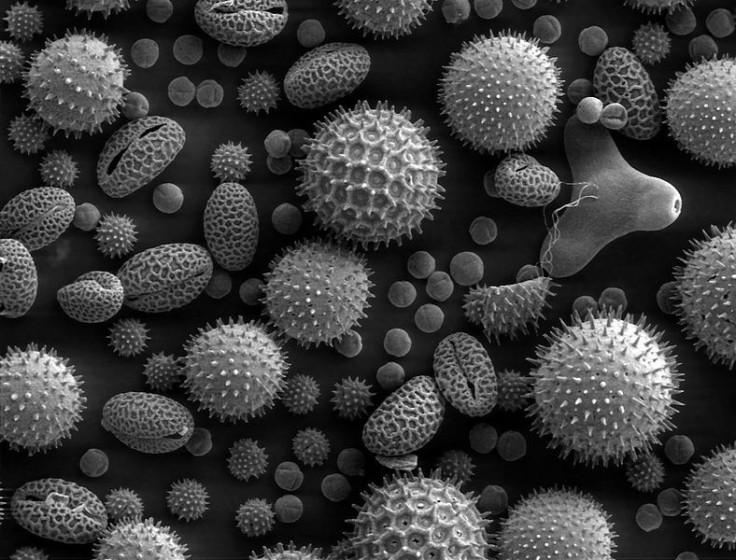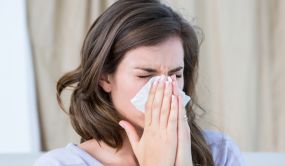Global Warming and Allergies: Recent Rise In Carbon Dioxide Levels Linked To Worsening Allergy Seasons

More than 50 million Americans suffer from allergies annually. The simple cause of all those running eyes and noses is pollen. Pollen, a mere powder containing the male gametes (or sperm cells) of seed plants, is by nature flighty and nomadic. Pollen gets around — quite literally it travels on the wind or with birds and insects after sticking to them once they land on plants. The more pollen there is flying around, the more those with allergies suffer.
This basic cause and effect relationship (higher pollen counts equals higher allergic reactions) coupled with recently recorded climate changes are inspiring fear in the hearts of many allergy sufferers. Increasing carbon dioxide in the atmosphere is first and foremost on their minds.
Rafael Firszt, an allergist at the University of Utah, says, "Carbon dioxide generally makes plants bigger and bigger plants produce more pollen."
Since the 1950's, the Mauna Loa observatory in Hawaii, a part of the National Oceanic and Atmospheric Administration (NOAA), has been continuously monitoring and collecting data related to atmospheric change and among its many measurements are carbon dioxide levels. According to the observatory, atmospheric carbon dioxide levels rose 10 percent between 1995 and 2012. Due to this increase in carbon dioxide, the fall season's ragweed plants are expected to produce nearly twice as much pollen as they would have 100 years ago.
A second issue is the fact that spring has begun to arrive 10 to 14 days earlier than it did 20 years ago, so pollination is starting sooner. An early spring, late-ending fall combined with historically high levels of carbon dioxide in the air not only nourishes the trees and plants that make pollen but also supports more fungal growth, such as mold, and the release of spores. When all is said and done, many allergists are predicting a robust allergy season and they pinpoint the Northeast as hardest hit area of all.
In part, Hurricane Sandy and a winter blizzard, which dumped massive amounts of precipitation over the region, are to blame; the added moisture might create conditions suitable to pollen. Bad air also plays its part, as pollutants irritate nasal passages, making people more susceptible to allergies.
The northeast, though, will not be the only zone of bad feeling for allergy sufferers as the states identified as at risk for high increases in tree pollen are: Arkansas, Iowa, Maine, Minnesota, New Hampshire, New York, Pennsylvania, Vermont and West Virginia.
Meanwhile the states where moderate increases in allergenic tree pollen has been predicted include Connecticut, Illinois, Kentucky, Massachusetts, Mississippi, Tennessee and Wisconsin.



























